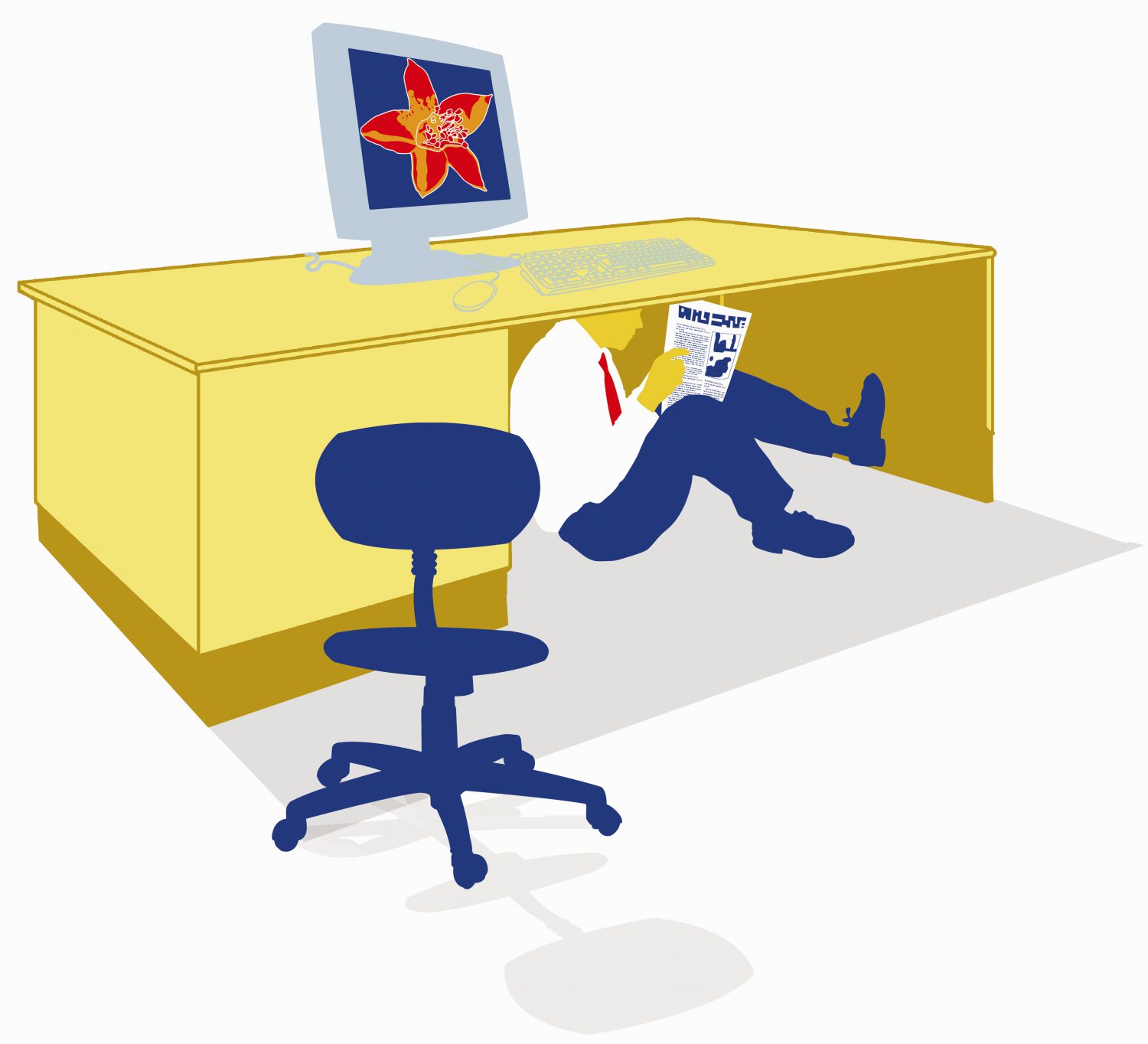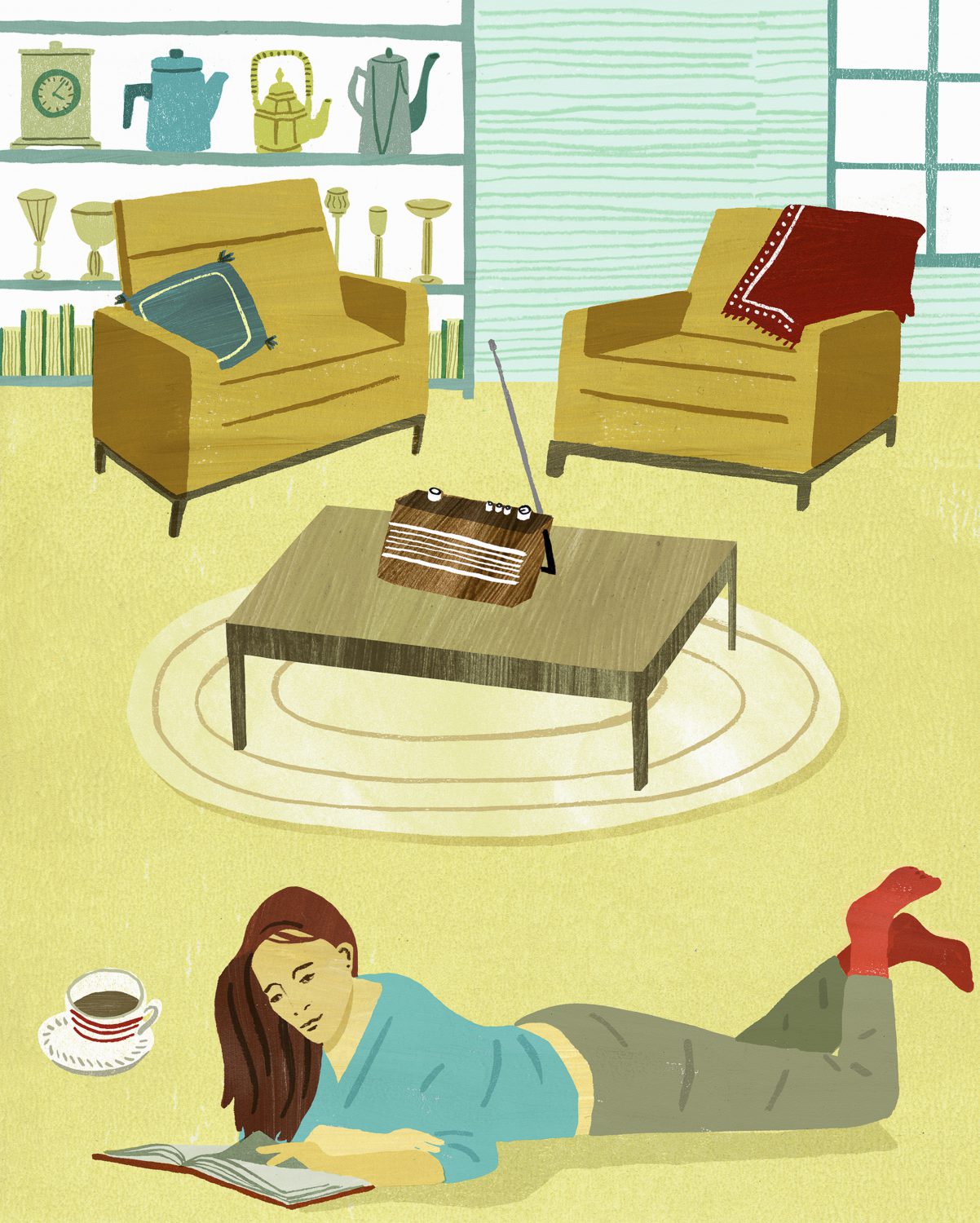Dylan Connell is a third-year Journalism student currently interning at the International Magazine Centre. If you like his work, you can connect with him on LinkedIn and follow him on Twitter – he’d love to hear from you.

Print music magazines make you happy
It’s no secret that the print music magazine industry is under pressure, not seeing nearly the same success as it has in previous years.
In some cases, the COVID-19 pandemic has done very little to help this.
Free UK music magazines have been particularly hard hit by the pandemic, as the closure of music venues and shops has made it rather tricky to get one into your hands. Stuart Stubbs, founder of Loud and Quiet, said no live music events meant the publication could not access the same music advertising that keeps the magazine afloat: “It was like a tap being turned off”.
However, despite the hardship felt by free music magazines, print subscriptions in general are up. The first week of the 2020 lockdown saw print subscriptions increase drastically. From 23 March to 26 April music magazine print subscriptions went up 150% in the UK. The number of print subscriptions have since fallen, but they are still high compared to recent years.
Some people argue that there is little need for music magazines in their original print form because we are now living in a digital world, which has forced many of these previously print titles to go digital.
I personally think that there is still a need for print music magazines, because, quite simply, I like them. I like that you can hold them in your hand, put them in your bag and read them when you get a second throughout the day. Yes, you can do this with your phone as well, but it just isn’t the same. I like that reading a print magazine means you can focus more on it, make it an occasion if you like. I don’t feel that you can do that in the same way when you’re reading an article on your phone.
I can’t remember the articles that I read online yesterday, but I could tell you in great detail about the print magazine I read last week.
It’s the same as music. You can stream music on your phone and listen to it with the fanciest of headphones, but to me it still isn’t as good as listening to the vinyl on a record player through speakers. Call me old fashioned, but the fact that vinyl sales were up 250% throughout the first 2020 UK lockdown, shows that I’m not the only person that feels that way.
Anyway, back to magazines. I understand the argument that there isn’t a need for physical music magazines in their original print form, when you can get all the information online, usually for a cheaper price.
However, paying for a print magazine, be that by subscription or one-off, means that there is almost a promise of good writing and journalism within the price. This is something I don’t mind parting with a few quid over.
Subscribing to a magazine is a fantastic thing. You feel a part of something bigger. When you hear that a new issue is out, and then see it come through the letter box, it’s exciting.
Advancements in technology have not only changed the way music magazines are consumed, but also the music industry in general.
It is no longer the case that artists put out a press release to the media a month or so before an album comes out, and the media takeover from there. You usually know an album or song is about to be released because you see posts from the artist, as they are making it.
New platforms for music magazines to explore
Follow up interviews with artists still happen in print magazines, but they are more commonly seen on YouTube with the likes of Zane Lowe.
Most music magazines have realised this and adapted accordingly.
This is shown by some of the larger music magazines going digital. Across the pond, Rolling Stone have a podcast, Music Now. The podcast features the latest music news, and interviews with top names in music. Rolling Stone also upload regularly to their YouTube channel, and regularly post to it with the latest music news, interviews and performances to their thousands of daily viewers.
Here in the UK, NME have also started to publish more content to YouTube. In addition to this, I was delighted that they revived NME Radio in 2018. It gives you the option to listen to new music, but then also past anthems. The radio station doesn’t have a presenter, which may sound bizarre, but it works well.
These new mediums complement print music magazines well, but I think that within them there is still a space for print magazines.
This is shown by independent music magazines, such as So Young, still managing to hold down a presence in print. So Young exists online, and also in limited print runs. These print runs sell out regularly, like they have done for the current issue. So Young say: “Our limited print runs make So Young an item to be collected and treasured.”
Collecting and treasuring these print magazines is what makes print so special. You can look back on it in its physical form, when online content has long been deleted.

Why print magazines are still the best
With more and more of life being up in the cloud, it’s now almost a luxury to have a physical copy of anything important.
Reading something in the physical sense means you can focus more time on it. I find it too easy to get distracted when reading online. Be this by an ad at the side of a website, or a link in the content side-tracking me onto YouTube. Once I get there its game over; the YouTube algorithm usually swallows me up and spits me out the other end, having wasted about half an hour of my day watching rubbish.
It’s more difficult for this to happen when reading a physical magazine. When reading a physical magazine, I can sit, read it, learn from it and usually feel a lot better after doing that. I feel like I’ve done something productive and now know what new music I fancy giving a listen to, or what clothes to buy. I can also use this new knowledge to just simply bend a friend’s ear with when the pubs finally open again, which is a nice thought.
I don’t think it’s a bad thing that more magazines are expanding the content they do online. Far from that actually. The more platforms for things I like, the better.
But reading magazines should make you happy, and print mags do that for me in a way that reading online doesn’t.
Dylan Connell is a third-year Journalism student currently interning at the International Magazine Centre.
You can connect with him on LinkedIn and follow him on Twitter.
